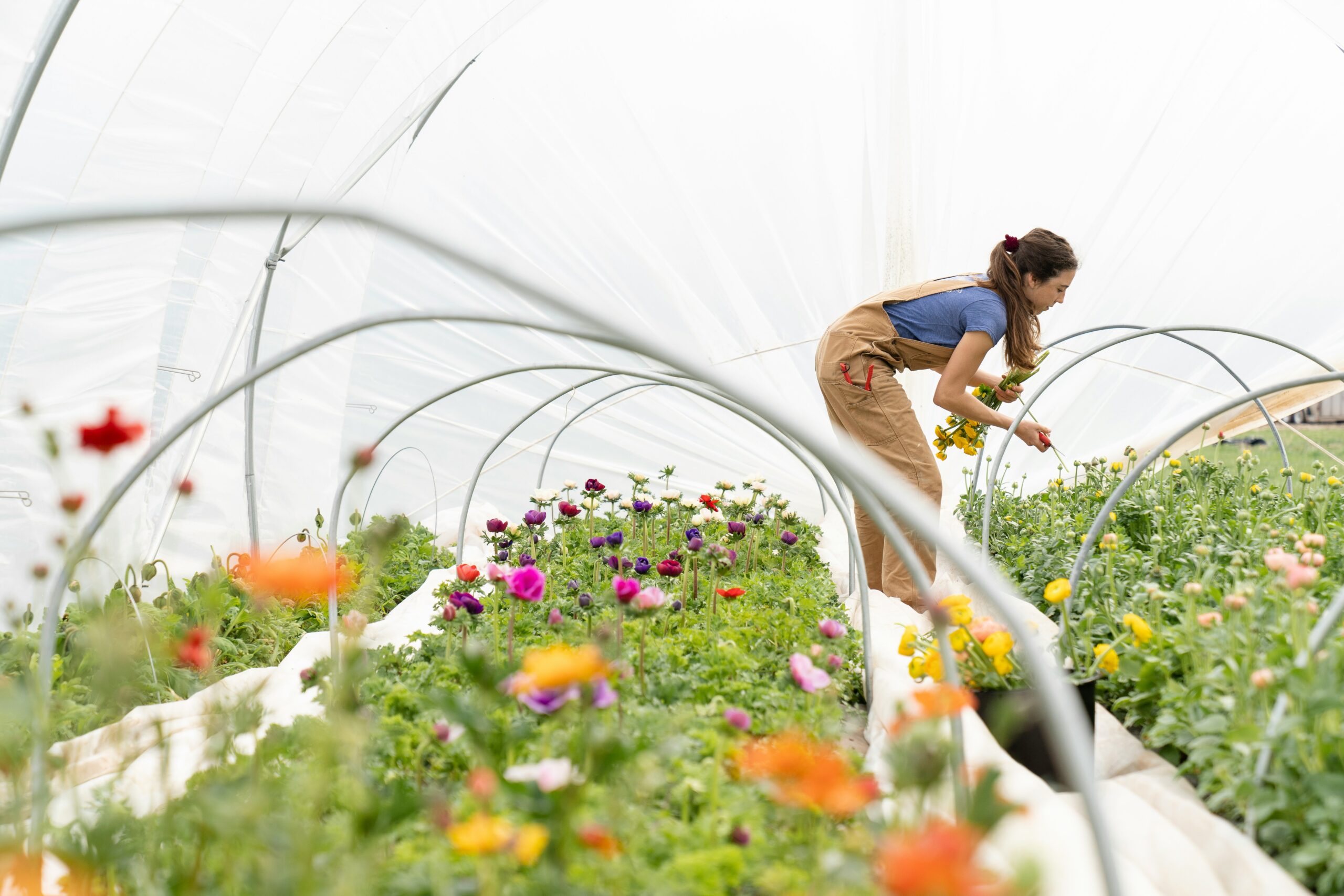
Gardening draws people into the here and now, offering a natural pause from intrusive thoughts and distressing memories. For those living with PTSD, moments of mindfulness are often difficult to access, yet tending to plants can open that door gently. As hands work the soil and eyes follow the slow unfolding of petals, attention shifts from internal turmoil to the steady rhythm of the natural world. This presence in the moment creates a mental refuge where peace can begin to take root.
Over time, this focused attention becomes a grounding practice that helps regulate emotions. The sound of birds overhead, the feel of cool earth between the fingers, and the scent of herbs or flowers create a full sensory experience that counteracts anxiety. These tangible details give the mind something safe to hold onto, building a pathway back to calm when trauma symptoms arise.
Restoring a Sense of Control
PTSD can leave individuals feeling powerless, but gardening offers a space where choice and agency flourish. Deciding what to plant, where to place it, and how to care for it brings a renewed sense of autonomy. Each decision, no matter how small, becomes an act of empowerment. In this way, the garden serves as a place where control is not only possible but rewarding.
This sense of agency extends beyond the garden gates. As plants respond to care and attention, individuals can see the direct results of their actions—a stark contrast to the unpredictability that often accompanies trauma. These small successes reinforce the belief that positive change is achievable, which can help rebuild confidence and trust in one’s abilities.
Physical Engagement for Emotional Relief
Gardening engages the body in a way that gently supports mental health. The physical activity—whether digging, planting, or pruning—stimulates endorphin production, which can naturally boost mood and reduce feelings of depression. For those with PTSD, where tension often lingers in the body, this movement provides an outlet that eases muscle tightness and promotes relaxation.
Furthermore, spending time outdoors exposes the body to natural sunlight, which increases vitamin D levels and supports serotonin production. Both play key roles in mood regulation, helping to lift feelings of hopelessness. In this way, gardening becomes not just an emotional practice but a physical one that works hand in hand to support overall well-being.
Fostering Patience and Resilience
Plants do not grow overnight, and their steady development teaches patience in a way that few other activities can. For someone navigating PTSD, the pace of gardening can feel restorative rather than demanding. Watching seeds germinate, leaves stretch toward the sun, and flowers finally bloom reminds us that growth takes time and care.
This natural timeline mirrors the process of healing. There may be setbacks—a late frost, pests, or a failed crop—but these challenges offer opportunities to adapt and try again. Overcoming such obstacles in the garden can reinforce resilience, showing that progress is possible even after hardship.
Building Community and Support
While gardening can be a solitary retreat, it also offers opportunities for connection. Community gardens, therapy programs, and group horticulture projects create spaces where people can work alongside others with shared experiences or goals. This sense of belonging can counter the isolation that often accompanies PTSD, fostering relationships rooted in mutual understanding and encouragement.
Shared gardening experiences also open conversations that might feel too heavy in other settings. Talking while planting or harvesting can make it easier to discuss difficult topics, as the shared task removes pressure from the interaction. These connections can provide a vital support network, offering both companionship and hope.
Encouraging Creative Expression
A garden offers a living canvas for creative expression. Choosing plant colors, arranging them in patterns, and experimenting with textures allows individuals to express themselves in a way that feels safe and nonverbal. For those whose trauma has made verbal communication challenging, this creative process can provide an alternative outlet for emotions.
This artistic engagement can be deeply satisfying, especially when the results reflect personal meaning. Whether someone plants flowers that remind them of a loved one or grows vegetables that connect them to cultural traditions, the creative choices in a garden can nurture identity and restore a sense of self that trauma may have dimmed.
Nature’s Calming Influence
Being surrounded by plants and open spaces has a measurable calming effect on the nervous system. Studies have shown that time spent in nature can lower blood pressure, slow heart rate, and reduce levels of stress hormones. For those with PTSD, whose bodies often remain in a state of heightened alert, this physiological shift can be profoundly healing.
The repetitive, soothing tasks of gardening—such as weeding or watering—can also act like a form of meditation. As the mind becomes absorbed in the gentle rhythm of care, the body follows, settling into a state of ease. Over time, these moments of calm can create a foundation for more consistent emotional stability.
Growth Beyond the Garden
Gardening’s therapeutic effects often ripple beyond the soil. The lessons learned—patience, resilience, and the value of care—become tools that can be carried into daily life. Facing a plant’s setbacks without giving up can inspire a similar mindset when confronting personal challenges.
As individuals nurture their gardens, they also nurture themselves. The growth they see in the plants becomes a mirror for their healing journey. Each new leaf and blossom becomes a reminder that progress, no matter how slow, is still progress. In this way, the garden becomes both a sanctuary and a testament to the power of steady, intentional care.